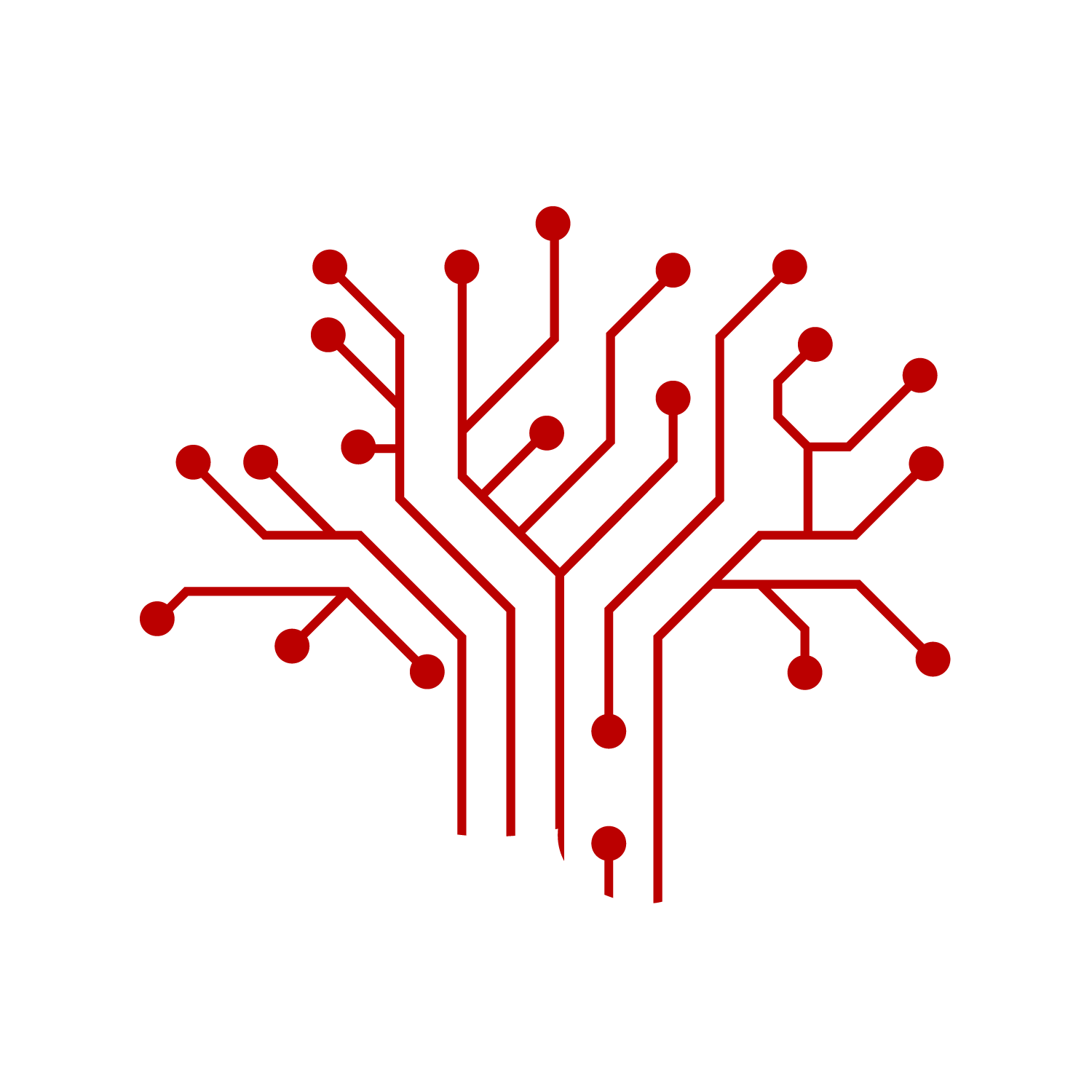Pittsburgh Project Paves Way for Revolutionizing Treatment of Fatal Brain Diseases
A collaborative group of neuroscientists from Carnegie Mellon University and the University of Pittsburgh School of Medicine received a $6.8 million grant from the National Institutes of Health (NIH) Brain Research Through Advancing Innovative Neurotechnologies (BRAIN) Initiative to create an ultra-high-resolution molecular atlas of the brain and develop brain cell type-specific strategies for effective and precise gene delivery.
The research will leverage genetic information resolved with single-cell precision to establish a comprehensive database of cell types and neural circuits in the brain's cognitive and reward systems. In combination with ultra-high-resolution magnetic resonance imaging (MRI), the researchers intend to build brain atlases of marmosets and macaque monkeys and make them freely available to other neuroscientists across the world.
"This award enables cross-disciplinary collaboration between experts in neural imaging, gene therapy, machine learning and molecular biology to advance our understanding of single-cell level organization of the brain's essential systems," said project principal investigator William Stauffer, an assistant professor of neurobiology at Pitt. "We hope this unmatched degree of precision will eventually pave the way for the development of effective and precise gene-editing technologies that might revolutionize treatment of previously fatal diseases, such as Alzheimer's or Parkinson's."
Projects like the one led by Stauffer — who is interested in both defining how different cell types contribute to behavior and investigating cell type-specific disease processes — are essential to the initiative's mission. Stauffer received a BRAIN Initiative grant in 2018 to begin defining the molecular profiles of different neuron types with his close collaborators, Leah Byrne, an assistant professor of ophthalmology at Pitt, and Andreas Pfenning, an assistant professor of computational biology at CMU.
"Even a small piece of brain tissue contains dozens of different subtypes of neurons, each performing different functions during different behaviors," said Pfenning, who is a part of CMU's Neuroscience Institute. "The ability to target these populations using viruses could accelerate basic research and also pave the way for targeted therapeutics."
Pfenning's group will use custom-made machine learning models and evolutionary theory to identify the sequences most likely to label subpopulations of neurons. His laboratory will also test the ability of those sequences to target specific cell types in the mouse brain.
Read more about the NIH grant and the BRAIN Initiative on UPMC's news page.


